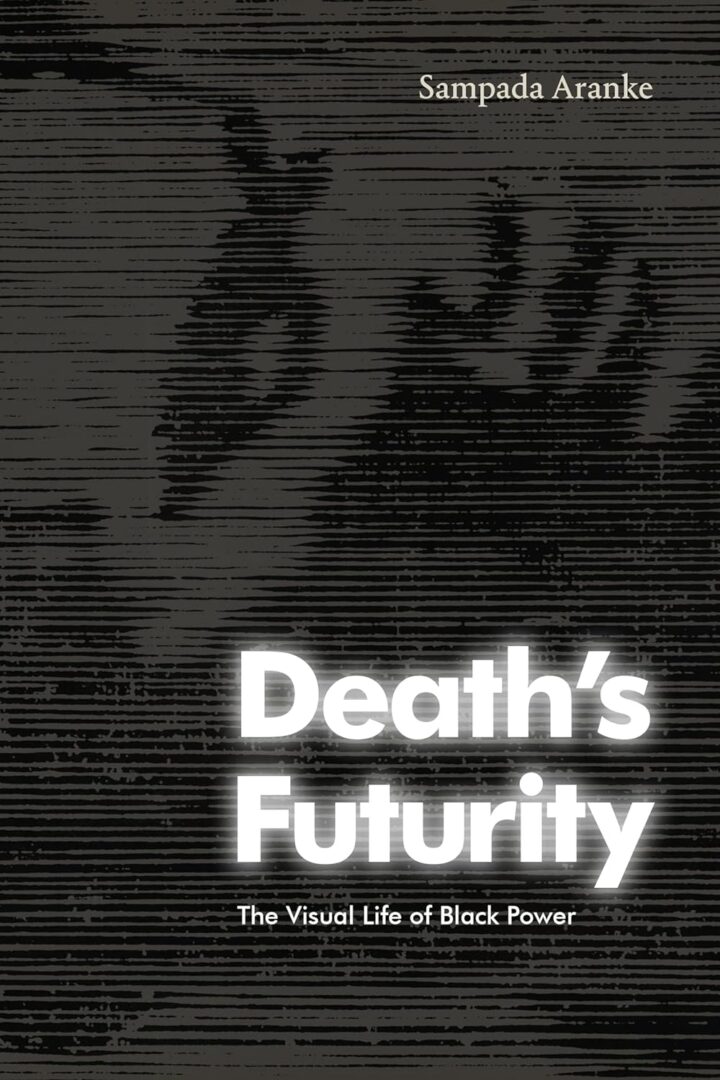Sampada Aranke’s Death’s Futurity: The Visual Life of Black Power begins by insisting on the importance of visual culture to the Black Panther Party’s platform before exploring the Party’s use of political posters, flyers, magazine covers, a documentary, and other ephemera to mobilize community members in the wake of the state’s murder of Bobby Hutton, Fred Hampton, and George Jackson. In doing so, Aranke argues that the BPP “transformed these state-sanctioned murders into opportunities to engage political action” (2). Cautiously navigating the speculative and often violent nature of the archive when it comes to Black life and death, Aranke draws on the work of theorists like Saidiya Hartman and Christina Sharpe to balance storytelling with first-person narratives, archival coverage, and political theory from the era. Throughout, Aranke centers the importance of fugitivity and futurity to the Black Panther Party, which suggests a deep connection between the Black power movement and the prison abolition movement. Indeed, toward the end of Death’s Futurity, Aranke argues that these “spectacularized murders mark a transition from Black Power to prison abolition.” While I hoped for a more robust discussion of the transition between these intimately linked movements, Aranke’s Death’s Futurity nonetheless offers a critical exploration of the use of visual culture in revolutionary movements.
Articles by Jenna M. Wilson
Jenna M. Wilson is a PhD student in the English Department at UC Riverside. Her research is interested in how speculative fiction and fantasy can be used to critique the carceral state and open up conversations around prison abolition. Her academic and political investments lie in building a world beyond the current carceral regime. Jenna is an organizer with Detention Resistance, a San Diego-based abolitionist organization that works in accompaniment with people detained at Otay Mesa Detention Center. She received her Master’s in Gender Studies from San Diego State University in 2022.
